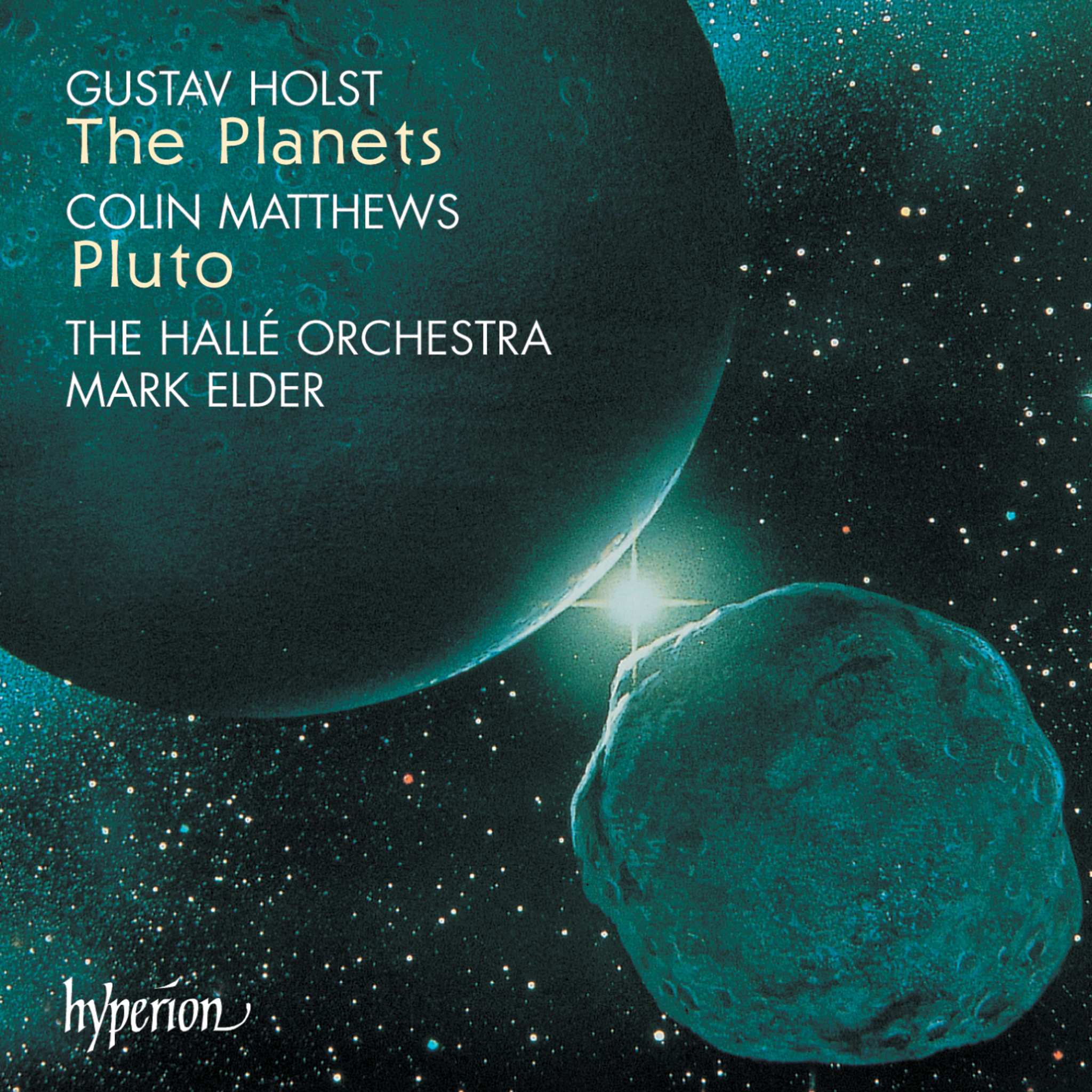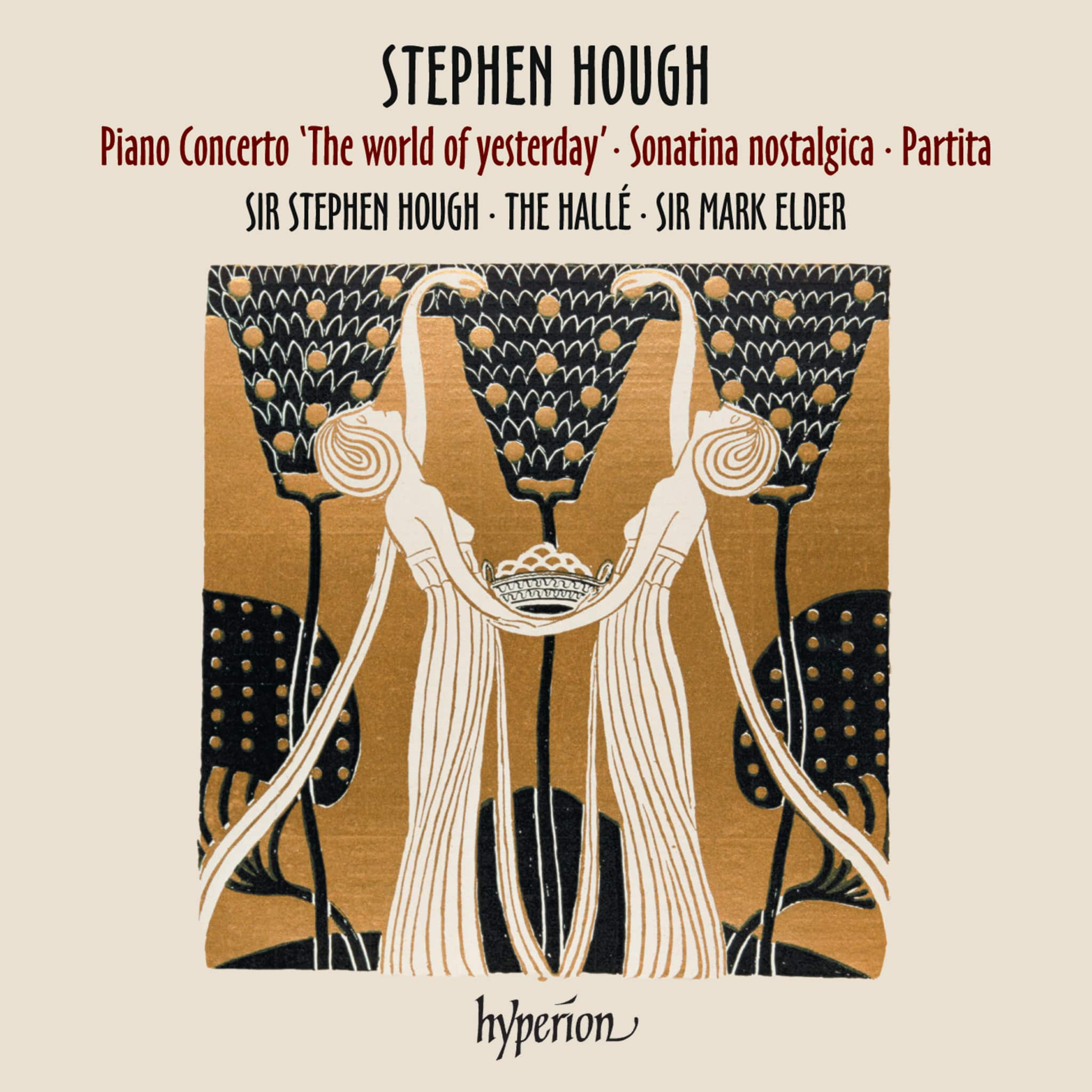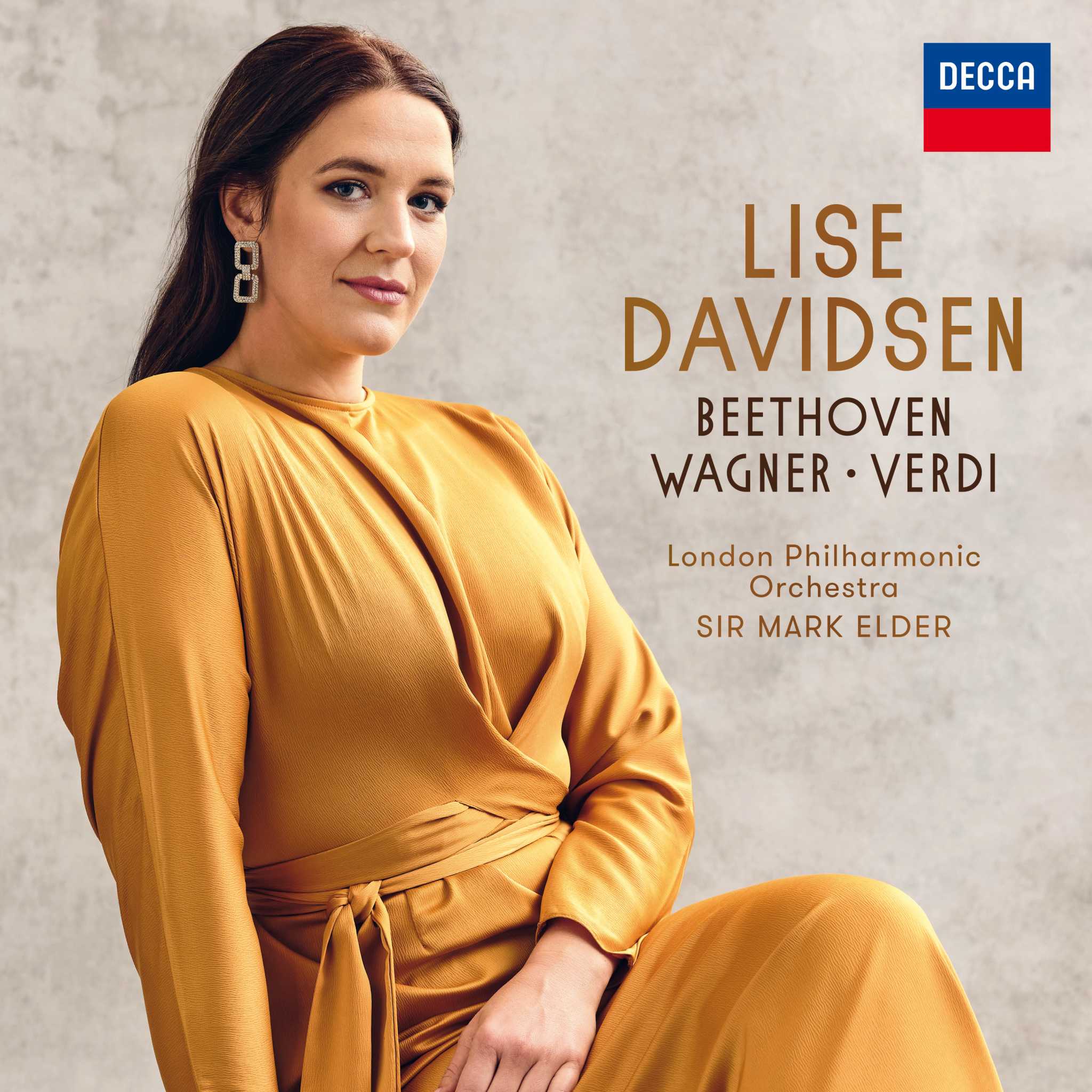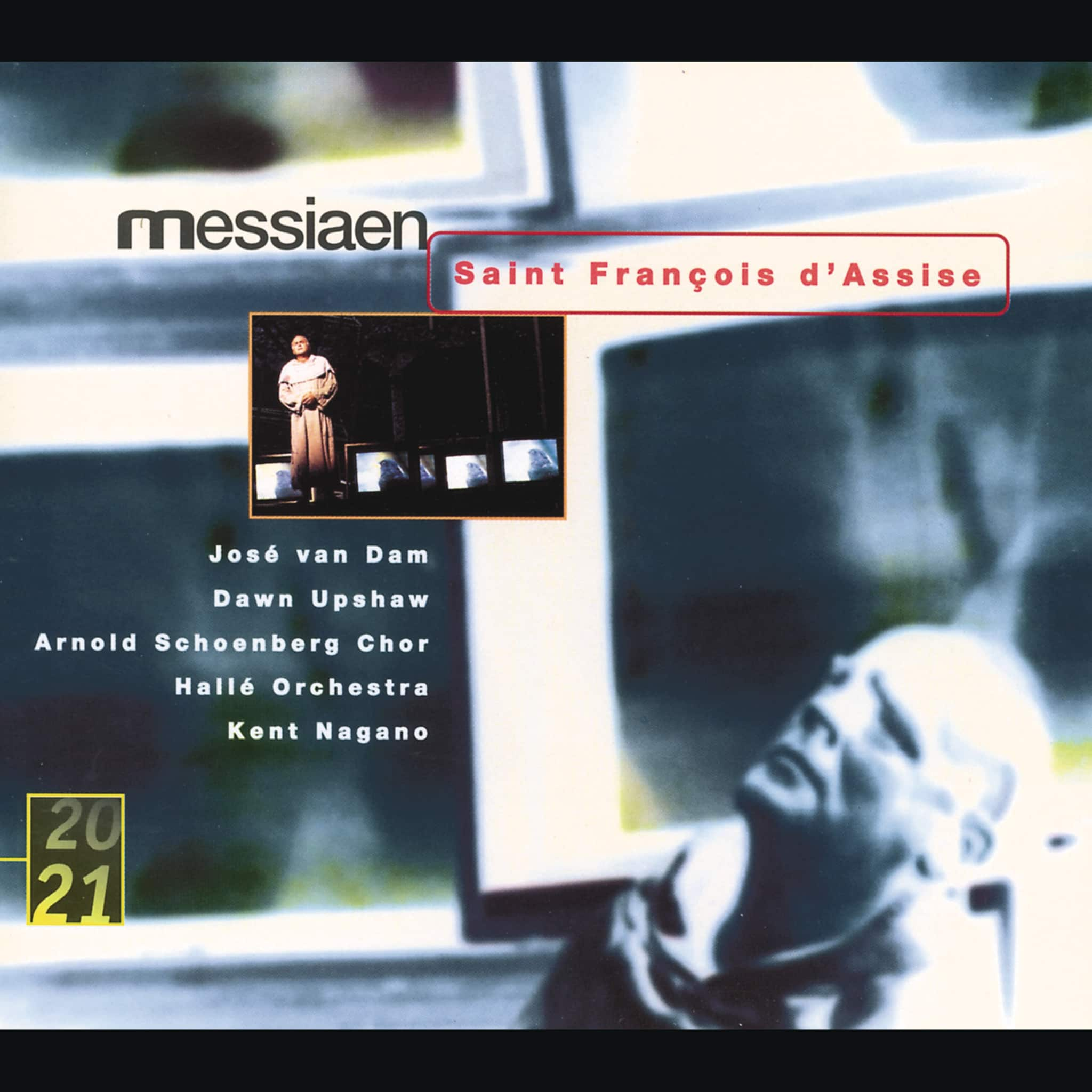Album insights
The heroic era of Russian Romanticism in music lasted for approximately four decades, dominated by the nationalistic school of the "Mighty Handful" or the "Group of Five" - Balakirev, Borodin, Mussorgsky, Rimsky-Korsakov, and Cui. This era primarily focused on St. Petersburg, along with the more European-influenced composers Tschaikovsky and Rubinstein. The subsequent generation included significant figures like Glazunov, Taneyev, Rachmaninoff, Scriabin, Medtner, and Liadov—all of whom were shaped by their relationships with and background influenced by their famous predecessors who were often their mentors, including Anton Arensky.
Arensky, born in Novgorod, started as a student of Rimsky-Korsakov in St. Petersburg, later moving to the Moscow Conservatory in 1882, forming a close bond with Tchaikovsky and emulating his style. His compositions, particularly his String Quartet No. 2, reflect Tchaikovsky's influence. Arensky later led the Imperial Court Chapel in St. Petersburg, recommended by Balakirev, until his resignation in 1901 due to health issues. Arensky, known for pieces like the variations on a theme by Tchaikovsky, passed away from tuberculosis in a Finnish sanatorium, leaving behind a notable body of work.
Tchaikovsky's music and their friendship profoundly impacted Arensky's compositions. Arensky, deeply moved by Tchaikovsky's Piano Trio, emulated the elegiac trio tradition in his compositions, evident in his Piano Trio No. 1 in D minor, dedicated to cellist Karl Davydov. This piece features a prominent role for the cello, reflecting Davydov's influence on Russian cello playing. The trio's thematic diversity and emotional depth exemplify Arensky's connection to his subjects.
Arensky's Piano Trio No. 2 in F minor represents one of his final works, showcasing advancements in his composition techniques. Unlike the structured sonata form of his previous works, this trio displays a seamless blend of thematic development and variation. Each movement, from the restless first movement to the reflective Romance and spirited Scherzo, encapsulates his melodic mastery. The finale, a theme with variations, unfolds intricately, highlighting Arensky's adeptness with intricate variation techniques. This work, possibly Arensky's swan song, reflects his compositional growth and emotional depth as a late Romantic-era composer.
Sergei Rachmaninoff's instrumental compositions have also inspired numerous arrangements by instrumentalists, expanding the chamber music repertoire. Notably, his Vocalise, initially written for voice and piano, showcases his melodic expertise through its hauntingly evocative theme. The Vocalise, highlighted by a serene, Bach-inspired melody with Russian nuances, serves as a testament to Rachmaninoff's skill in composing rich, lyrical lines. This piece's adaptability is demonstrated in various arrangements, including a piano trio version crafted by Rachmaninoff's close associate, Julius Eduardovich Konius—mirroring the masterful melodic essence of Rachmaninoff's original work.
Calum MacDonald © 2014









